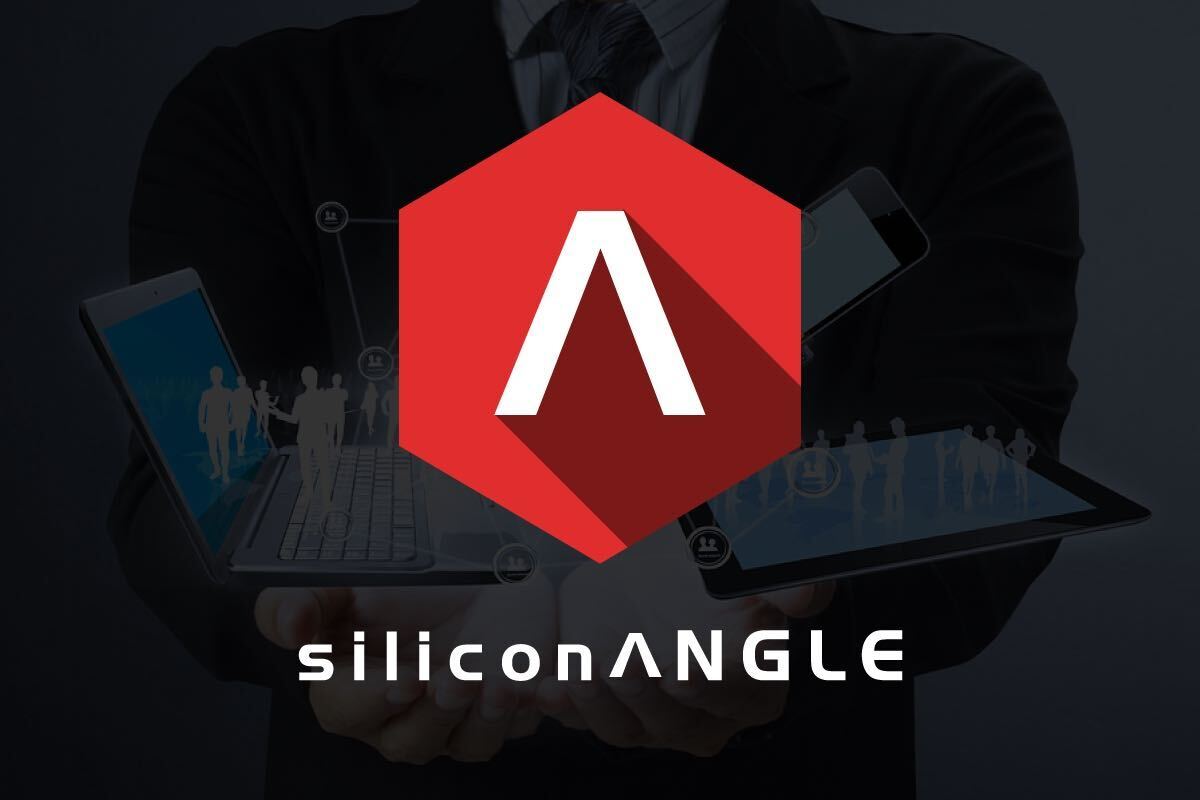


![]() We are breaking out a new ‘ANGLE’ here at SiliconANGLE. Apply named StorageANGLE, the section will cover any and all things storage. The goal of the new ‘ANGLE’, as with all of our channels, is to give you the most in-depth coverage of storage analysis there is available on the web. Between the writers at SiliconANGLE, and the partnership with research-leader Wikibon, we strive to become your go-to source of storage news and most importantly analysis. So let’s set the scene, what exactly is software-led storage?
We are breaking out a new ‘ANGLE’ here at SiliconANGLE. Apply named StorageANGLE, the section will cover any and all things storage. The goal of the new ‘ANGLE’, as with all of our channels, is to give you the most in-depth coverage of storage analysis there is available on the web. Between the writers at SiliconANGLE, and the partnership with research-leader Wikibon, we strive to become your go-to source of storage news and most importantly analysis. So let’s set the scene, what exactly is software-led storage?
Software-led storage (SLS) lives in what we describe as software-led infrastructure (SLI). The traditional infrastructure has been built around components such as servers, storage and networking, and all of the added value of software has been within those components. (Think of a bunch of working parts dependent on the ‘mothership’.) The idea of software-led infrastructure is, instead of software being within components themselves, they’re provided as services across the whole infrastructure, or data center. (Think a bunch of ‘motherships’ working together, independent of each other.) Software-led storage will allow the migration from fixed storage components (storage arrays and direct access storage (DAS) in servers) where each component provides storage services, to a topology where the the storage services are provided at the system level and can be called and integrated into system level storage management and system level SLI management.
![]() Here is an excerpt from Wikibon CTO David Floyer’s research he published in December:
Here is an excerpt from Wikibon CTO David Floyer’s research he published in December:
The framework for Software-led Storage, together with services from unified metadata about system, application, and storage, will allow much more flexible and manageable storage topologies to be created and maintained. Wikibon has consistently forecast that as the relative cost of flash continues to improve against HDDs, and the performance of flash blows past HDD performance for sequential data, all active storage in the larger-sized data centers will be held on Flash, as well as the metadata for all data.
Defining software-led storage can be further simplified by understanding the most important areas of improvement from traditional storage:
In 2011 Marc Andreessen coined the phrase that, “software is eating the world.” In terms of storage, software’s appetite is a good thing, both for Internet companies and end-users. While it creates new levels of data security and accessibility issues, software-led storage (and more importantly software-led infrastructure) reduces costs and have CTO’s and CIO’s alike suddenly having more bandwidth. Software-led infrastructure is a game changer for businesses and organizations alike, on the same scale the Internet was in 1995. The amount of cost savings from commodity hardware and a reduction in manual tasks by administrators will be an important element in software-led storage’s part of the SLU business case.
Highlighting the influence of software on storage in the datacenter is Wikibon co-founder and chief analyst Dave Vellante, who points out the disruption on traditional arrays the industry is currently dealing with. See the clip below for Vellante’s full analysis, on a recent appearance on our Live NewsDesk Show with Kristin Feledy:
Support our mission to keep content open and free by engaging with theCUBE community. Join theCUBE’s Alumni Trust Network, where technology leaders connect, share intelligence and create opportunities.
Founded by tech visionaries John Furrier and Dave Vellante, SiliconANGLE Media has built a dynamic ecosystem of industry-leading digital media brands that reach 15+ million elite tech professionals. Our new proprietary theCUBE AI Video Cloud is breaking ground in audience interaction, leveraging theCUBEai.com neural network to help technology companies make data-driven decisions and stay at the forefront of industry conversations.